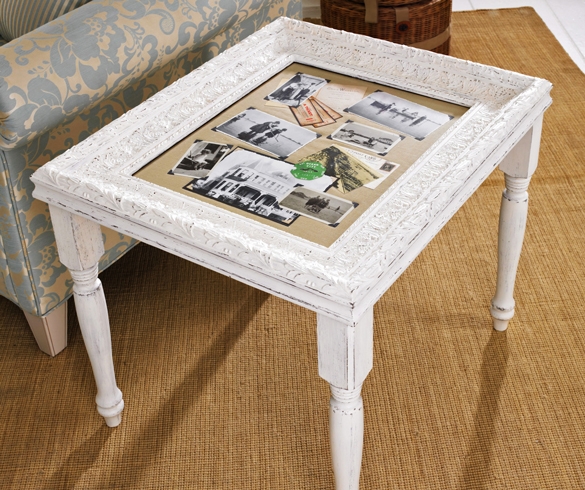
How to Create a Realistic Budget
A budget is one of the most important financial tools in your arsenal, but budgeting isn’t one size fits all. In order to be successful, your budget should reflect your income and spending, but also your desires and need to live a balanced life.
Learn to build a realistic budget with these tips from the financial experts at First Boulevard, a Black-owned digital bank with a mission to close wealth gaps and build generational wealth:
Know Your Numbers
Start by gathering all income you receive on a monthly basis. This should include regular income like paychecks, as well as variable income like money from babysitting or driving for a ride-share company.
Next, outline your expenses, or the things you spend your money on each month. To get a more accurate idea, look at your bank or credit card statements. This includes recurring expenses like your rent or mortgage, utilities, car payments and subscriptions, as well as variable expenses that may change from month to month like entertainment and dining out.
Look for trends in your variable expenses. Be sure to include everything in your outline, including trips to the hair salon, shopping and other treats.
Determine Essential vs. Non-Essential
Break down your expenses by categorizing them as essential or non-essential. Here, you’re differentiating your needs from your wants.
Essentials include things you need to survive, like your mortgage or rent, utilities, groceries and medical needs. Non-essentials include the things you don’t necessarily need to survive, but provide you with comforts like cable, gym memberships, dry cleaning or trips to the spa. Non-essentials also include savings and any debts you may have.
Create your budget by listing your essential expenses first. Your debts, like student loans or car loan payments, may not be essential for you to survive, but they are high-priority expenses that need to be paid. Put these at the top of your non-essential expenses list.
Then list other non-essential expenses based on their level of importance to you. For example, if health and wellness are important to you, your gym membership may be higher on your list of non-essential expenses than buying new clothes.
Keep listing your expenses until the total equals all of your income for the month. Using all of your income is called zero-based budgeting, and helps make sure every dollar of your income is accounted for in your budget.
If you get to a point where you don’t have enough income to cover all your expenses, review your list of essential and non-essential expenses to look for ways to reduce or eliminate costs.
Be Realistic
When creating a monthly budget, it may be tempting to try and restructure everything to meet your financial goals faster. While this can fast-track your way toward a goal, it can cause you to lose sight of the person who has to do the work to stick with the budget.
Instead of creating a bare bones budget where you limit yourself, plan to allow yourself at least a couple of times per week to indulge in small treats.
Choose a Budgeting Tool
Once you’ve gathered all of your financial information, it’s time to choose a way to manage and track your budget. If you’re old school, you may want to use the pencil and paper approach. Or you can start with pen and paper then transfer that information to a budgeting app. By writing it out first, you’re more likely to catch mistakes or omissions.
If you’re a little more tech savvy, there are some convenient and affordable apps and websites available to help.
The key to creating a realistic budget is balancing the needs of your finances with your personal needs. Find more practical advice and tools for managing your money at bankblvd.com.
Source:
First Boulevard








